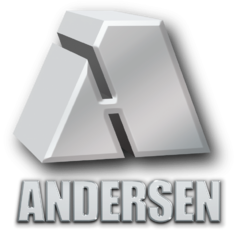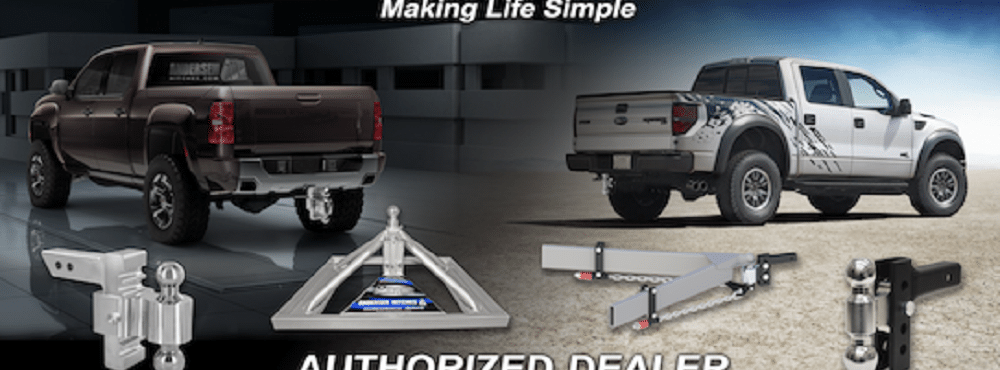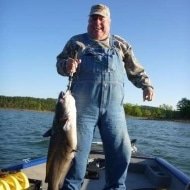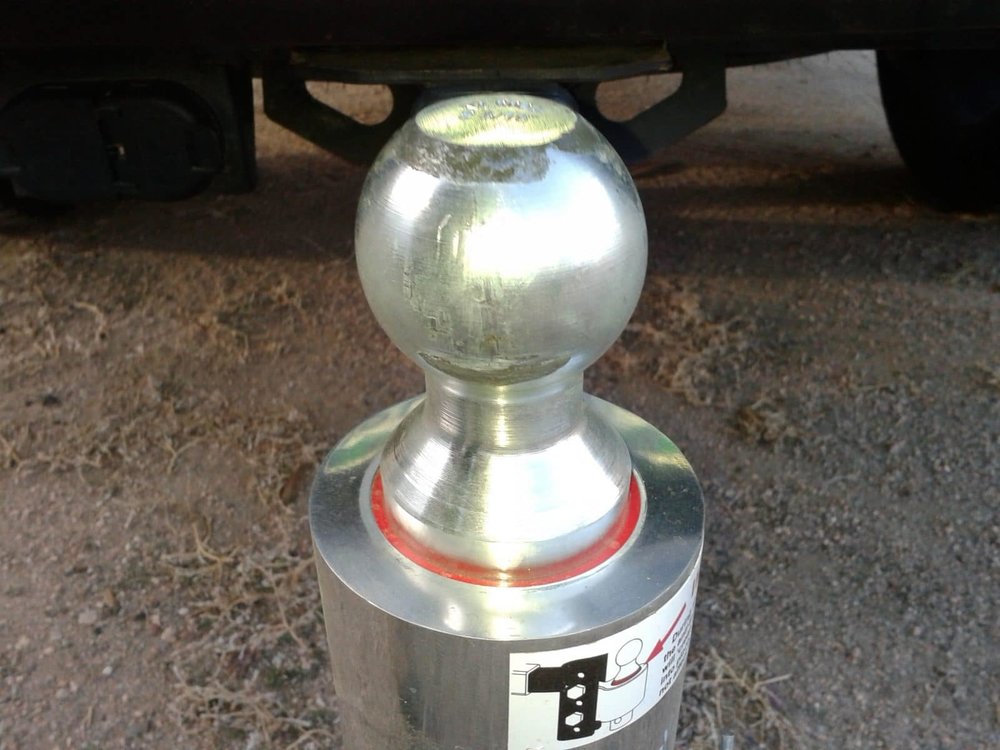-
Posts
20 -
Joined
-
Last visited
-
Days Won
2
Sage-AndersenHitches last won the day on September 3 2016
Sage-AndersenHitches had the most liked content!
Recent Profile Visitors
The recent visitors block is disabled and is not being shown to other users.
Sage-AndersenHitches's Achievements
Newbie (1/14)
4
Reputation
-
mountainborn started following Sage-AndersenHitches
-

Bulldog coupler destroys Anderson ball
Sage-AndersenHitches replied to John E Davies's topic in Towing an Oliver
Well it is great to see that John is hooking his Andersen WD up properly. Unfortunately the wear on the ball is normal when our hitch is used as designed. With the chains correctly tensioned the coupler does push on the back of the ball and will leave evidence of that. With our WD hitch and a regular coupler the locking claw leaves a (smiley face) in the chrome plating because the ball is designed to be softer than the claw so the trailer is not having excessive wear in inconspicuous safety related spots. It seams to wear rapidly at first then it stops once the initial wear has settled in. Anytime there is metal on metal friction there will be wear, even with grease. As we can see from John's original ball, the difference is where it happens. Is it on the top and front of the ball with a traditional hitch or is it on the backside with the Andersen? If the ball is harder than the coupler the ball will not show much sign of wear but the inside of the trailer coupler will, however; that often goes unnoticed until it is to late. With the design of the Bulldog coupler there is a different wear pattern on the ball and it should wear to a point similar to the photo John provided then neutralize. This should not affect the performance or the safety of the connection at all. -
Hi Bill, We would love to give a discount to all our loyal customers. Our business model is dealer direct so you would need to talk to Oliver about ordering products where everything will be billed through them. We just launched a new website and do a drawing each month for anyone who registers their Andersen products, that could help quite a bit with the purchase of a Trail Gear Bag. http://www.andersenhitches.com/register/
-

Anderson No Sway Hitch PROBLEMS!!!
Sage-AndersenHitches replied to ccarole's topic in General Discussion
Hi Carole, I have responded to your email but wanted to put this on here in case anyone else has this issue. I also have two posts up in the towing section of this forum that will help, one is an Overview of the Andersen WD (Read first), the other is FAQ. Here is the response to your question via email. I am sorry for the problems you have been having with your hitch. It sounds like there may be two things happening that is causing an undesirable experience. The noise is most likely coming from what we call a friction cone. That is the material between the ball and the ball housing. We have had some of those cones that don't do well when they get some moisture in there. We can send you a replacement friction cone to change or if you would rather send us your ball housing and ball we can refurbish it and ship it back to you. That will fix the grinding noise you are hearing. The loose chains could be the frame brackets, they should have the bottom side angled forward and the top towards the back of the trailer and be an equal distance from the ball. Once you have verified those are properly installed a couple tricks when you hook up will be helpful. First lock the trailer coupler on the ball, then with the tongue jack lift everything a couple inches. Now swing the triangle plate up and pin it to the bottom of the ball. Hand tighten the nuts on the back of the chains then put a few turns on them with a wrench to get an equal number of threads on each side. Retract the tongue jack and it is ready to pull. The red bushings on the back of the chins should have a little bulge when the chains are properly tensioned. When unhooking have the trailer and tow vehicle as straight as possible, loosen both chains so the pin on the triangle plate comes out easily and the plate swings away from the tow vehicle then unhook like normal. -
This is usually an installation error that we have been seeing. When installing the bracket rotate it so the bottom is angled toward the tow vehicle and the top of the bracket toward the rear of the trailer. The two bracket bolts should be touching the top and bottom of the frame. This not only creates a bind on the frame that will prevent movement but also aligns the square tube with the tensioned chains. Tighten the main bracket bolts with the bracket in this position and then tighten the set screw. Drilling a small hole in the frame for the set screw to rest in is also an option if the bracket continues to slide when properly installed.
-

Andersen WD Hitch FAQ
Sage-AndersenHitches replied to Sage-AndersenHitches's topic in Towing an Oliver
This is an installation error that we have been seeing lately. When installing the bracket rotate it so the bottom is angled toward the tow vehicle and the top of the bracket toward the rear of the trailer. The two bracket bolts should be touching the top and bottom of the frame. This not only creates a bind on the frame that will prevent movement but also aligns the square tube with the tensioned chains. Tighten the main bracket bolts with the bracket in this position and then tighten the set screw. -

Andersen Hitch Support
Sage-AndersenHitches replied to Sage-AndersenHitches's topic in Introduce Yourself
I would encourage you to loosen the nuts a few turns and re-tighten them each time you hook up, it will make it much easier to get the pin in and out especially if you are not quite strait. I know several people that do it the way this video shows and are happy with the results, I prefer a tighter chain for more weight distribution. -

Andersen WD Hitch FAQ
Sage-AndersenHitches replied to Sage-AndersenHitches's topic in Towing an Oliver
Our red bushings should fail before something else does, however I just got a little nervous about the 4432 lbs of chain tension from a previous comment, that is enough force to cause serious damage to not only our hitch but the aluminum trailer frame and pickup receiver. My recommendation is 2-3 threads past hand tight before loading the weight on the vehicle. The more threads you go past hand tight the more weight will be distributed. A torque wrench may not be the most accurate method if you are slightly crooked when hooking up. Try a few different thread counts to get a good feel for your application and what you like when you are driving. The way you shortend your chains looks great! -

Andersen WD Hitch FAQ
Sage-AndersenHitches replied to Sage-AndersenHitches's topic in Towing an Oliver
Hey guys let's not overthink this thing. If you want to see if the WD is making a difference on the scales weigh the vehicle and trailer connected with the WD chains loose, then tension the chains properly and weigh it again. If the weight on the rear axle is less than the first weight you win, if not it needs more tension on the chains. Comparing a truck with no trailer to one that is hooked up??? The amount of force it would take to actually make the front axle heavier in this situation could easily damage things; trailer, hitch, and vehicle. A F-150 would safely tow an Oliver with just a regular ball. If it tows well and the truck feels stable when driving that is the goal. Buzzy is using this hitch correctly based on his photos and comments I have seen. -

Andersen WD Hitch FAQ
Sage-AndersenHitches replied to Sage-AndersenHitches's topic in Towing an Oliver
Yes shortening the chains would work as well. -

Andersen WD Hitch FAQ
Sage-AndersenHitches replied to Sage-AndersenHitches's topic in Towing an Oliver
That is great news, I am glad that you noticed an improvement in the towing. I might suggest moving your frame brackets aft another inch or so to give you a few more threads to work with and for your socket to reach a little easier. The bulge you have in your photo is about perfect for a smaller trailer, a good rule of thumb is the larger the bulge of the red bushing the more weight will be distributed. -

Andersen WD Hitch FAQ
Sage-AndersenHitches replied to Sage-AndersenHitches's topic in Towing an Oliver
We do build several hitches with the greaseless balls, however we do not make that ball available for our WD hitch. That cap has come off a few times or been damaged by something but it has a lifetime warranty so we will send a replacement cap if ever needed. -

Andersen WD Hitch FAQ
Sage-AndersenHitches replied to Sage-AndersenHitches's topic in Towing an Oliver
John, you are correct there will always be some movement between the ball and coupler, it may even wear the chrome plating on the ball, it may develop rust. Grease is just fine to use so you are welcome to do what works best for your situation. The WD Hitch only comes with our plated steel ball but due to the minimal movement between it and the coupler grease is not necessary. Will grease extend the lifespan? Yes, but even without a lubricant the ball and coupler will outlast the tow vehicle, the trailer and most likely the owner's desire to pull a trailer. So let's leave this up to the end user to decide if the messy hands and greasy shin wounds be more of a benefit than an oxidized ball. -

Andersen WD Hitch FAQ
Sage-AndersenHitches replied to Sage-AndersenHitches's topic in Towing an Oliver
John is exactly right. Greasing the ball is not necessary but it will not adversely effect anything if you do.









